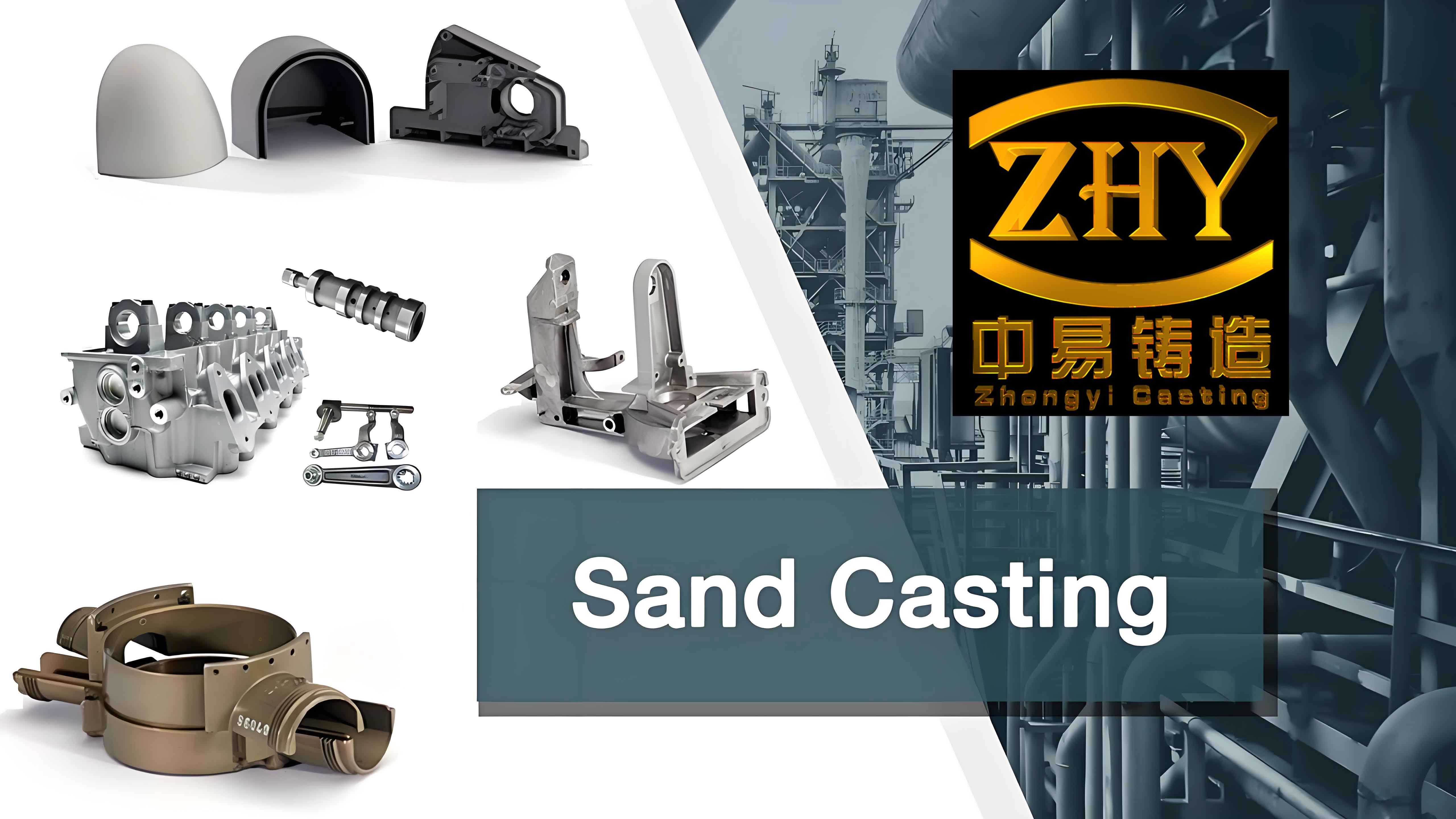
Sand casting has long been a fundamental manufacturing process for producing a wide range of metal parts. However, recent years have witnessed remarkable technological advancements in this field, transforming the way sand casting parts are manufactured and opening up new possibilities for industries that rely on these components.
I. Introduction
Sand casting is a process in which molten metal is poured into a cavity formed by a mold made of sand. This age-old technique has endured due to its simplicity and cost-effectiveness. But as technology progresses, sand casting has evolved to meet the increasingly demanding requirements of modern manufacturing.
II. Traditional Sand Casting Process
To understand the advancements, it’s essential to first review the traditional sand casting process. In its basic form, it involves creating a pattern, preparing the sand mold, pouring the molten metal, and finally, removing the cast part for finishing.
III. Technological Advancements in Materials
One significant area of progress is in the materials used for sand casting. New types of sands with improved properties such as higher refractoriness and better flowability have emerged. For instance, specialized silica sands that can withstand higher temperatures without degrading the mold’s integrity.
IV. Computer-Aided Design and Simulation
The integration of computer-aided design (CAD) and simulation software has revolutionized sand casting. Designers can now create complex molds digitally, simulate the filling and solidification of the molten metal, and predict potential defects before the actual casting process. This not only reduces the time and cost associated with trial and error but also enhances the quality of the final cast parts.
V. Automation and Robotics
Automation has made its way into sand casting factories. Robotic arms are now used for handling molds, pouring the molten metal with precise control, and reducing the human error factor. This has led to increased productivity and consistent quality.
VI. Lost Foam Casting Technique
Lost foam casting is an innovative method within the realm of sand casting. In this process, a foam pattern is used instead of a traditional pattern. The foam pattern is surrounded by sand, and when the molten metal is poured, the foam vaporizes, leaving a cavity for the metal to fill. This technique offers several advantages such as improved dimensional accuracy and reduced machining requirements.
Let’s take a look at a comparison table between lost foam casting and traditional sand casting:
| Feature | Lost Foam Casting | Traditional Sand Casting |
|---|---|---|
| Dimensional Accuracy | Higher | Lower |
| Surface Finish | Better | Rougher |
| Complexity of Shapes | Can handle complex shapes | Limited by mold complexity |
VII. Quality Control and Inspection Technologies
Advanced inspection techniques such as X-ray and ultrasonic testing have become common in ensuring the quality of sand cast parts. These methods can detect internal defects and porosity that might otherwise go unnoticed, allowing for timely corrective actions.
VIII. Environmental Considerations
The manufacturing industry is increasingly focused on sustainability. Sand casting is no exception. Efforts are being made to reduce waste, recycle sand, and minimize energy consumption. For example, using reclaimed sand and implementing energy-efficient furnaces.
IX. Applications of Advanced Sand Casting Parts
The technological advancements in sand casting have enabled the production of high-quality parts for various industries. In the automotive sector, precision-engineered engine blocks and transmission components are being manufactured through advanced sand casting techniques. Aerospace applications also benefit from lightweight and strong sand cast parts for aircraft structures.
X. Future Trends and Challenges
Looking ahead, the future of sand casting holds even more promise. Continued research and development in materials science, additive manufacturing integration, and data analytics for process optimization are expected. However, challenges such as maintaining a skilled workforce and adapting to rapidly changing customer demands remain.
In conclusion, the technological advancements in sand casting parts manufacturing have brought about a paradigm shift in the industry. The combination of new materials, digital technologies, and innovative processes like lost foam casting has elevated the quality, productivity, and competitiveness of sand cast parts. As industries continue to evolve, sand casting is well-positioned to meet the diverse and demanding needs of modern manufacturing.
